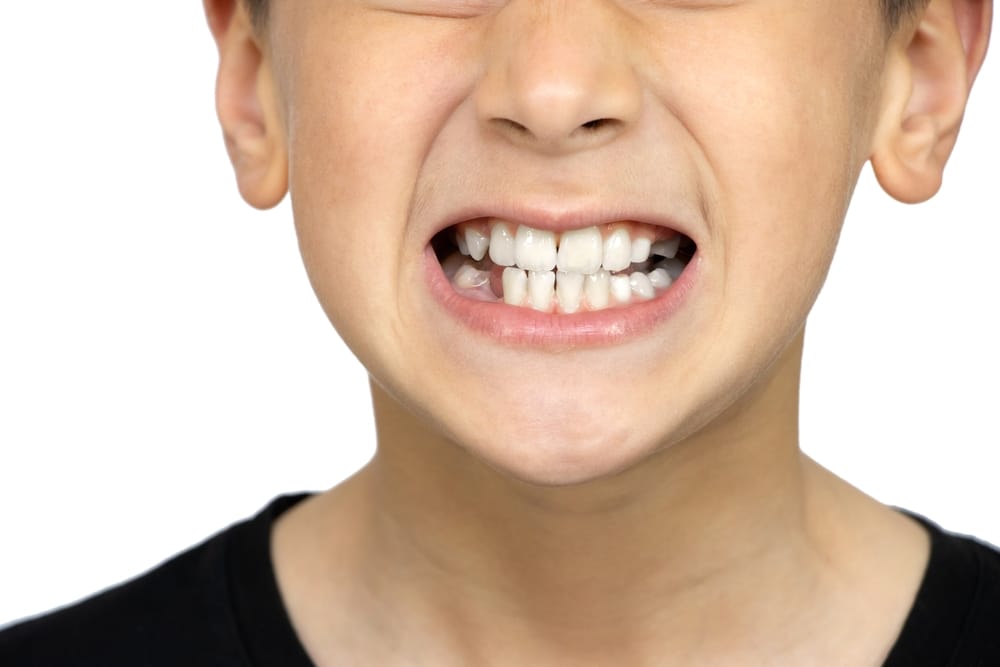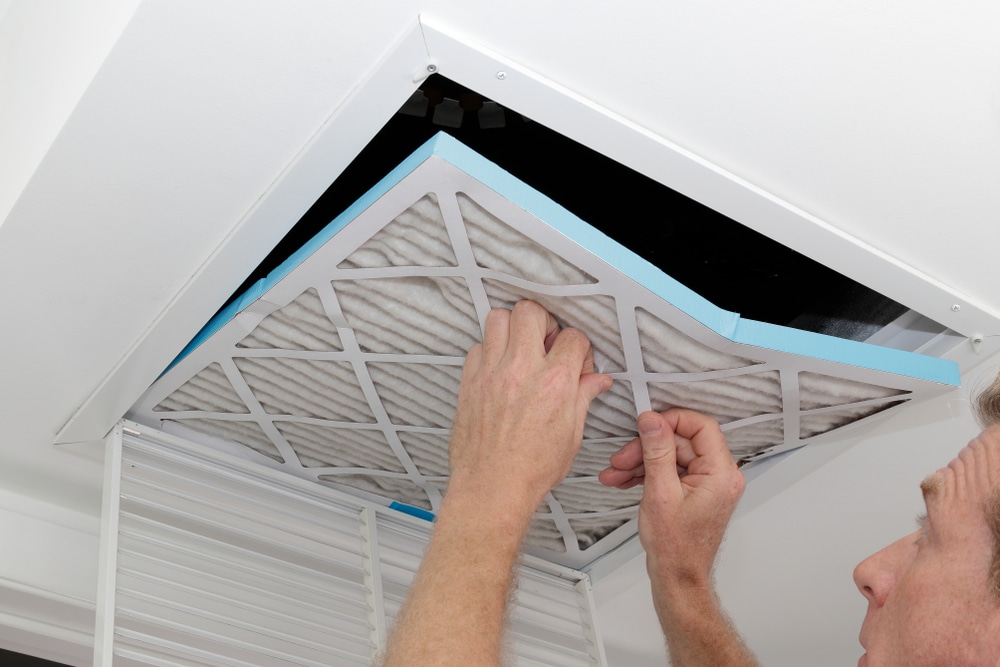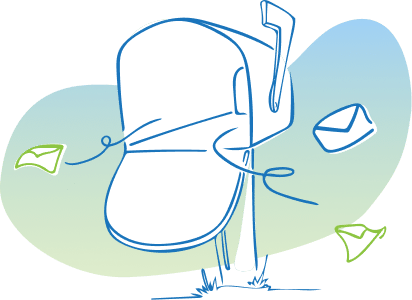Awake bruxism is a condition where people grind or clench their teeth while they are awake. It is characterized by repetitive or sustained tooth contact, as well as bracing or thrusting of the jaw.
Sleep bruxism, on the other hand, occurs during sleep and can be either rhythmic or non-rhythmic muscle activity. Sometimes, both awake and sleep bruxism can happen together, known as mixed episodes.
Studies have shown that awake bruxism affects about 5% of the general population, while sleep bruxism affects around 16.5%.
However, among young college students, the prevalence is much higher, with 37.9% experiencing awake bruxism and 31.8% experiencing sleep bruxism.
It is important to note that the presence of awake or sleep bruxism alone should not be considered a pathology in healthy individuals.
Bruxism may increase the risk of other negative health consequences. In some cases, it may even have positive effects, such as helping with the recovery from respiratory arousals or reducing teeth wear due to acid reflux by increasing saliva production.
Patients with awake bruxism are more likely to experience jaw pain and limited jaw movement compared to those with sleep bruxism.
This highlights the importance of distinguishing between the two types of bruxism.
Awake Bruxism: The Psychological Connection
The exact causes of bruxism are not fully understood. While factors like jaw structure and physiology may play a role, it is becoming clearer that psychosocial factors, especially in the case of awake bruxism, are important contributors.
Psychological and social factors seem to be crucial in the development of painful bruxism from non-symptomatic teeth clenching.
Anxiety, sensitivity to stress, depression, and certain personality characteristics have been identified as psychological factors that influence awake bruxism.
Sleep Bruxism: Unraveling the Psychosocial Puzzle
The evidence linking psychosocial factors and sleep bruxism is not as clear. Therefore, it is crucial to make an accurate diagnosis of bruxism and differentiate between awake and sleep bruxism.
It can manifest as rhythmic (phasic) or non-rhythmic (tonic) muscle activity. Although the association between sleep bruxism and psychological factors is less clear compared to awake bruxism, it is still an area of interest in understanding the condition.
Sleep bruxism is a characterized by the grinding or clenching of teeth during sleep.
While awake bruxism has been linked to anxiety, stress, and various personality characteristics, the connection between psychosocial factors and sleep bruxism requires further exploration.
Some studies suggest that sleep bruxism may serve a beneficial function during sleep, such as aiding in the recovery from respiratory issues or protecting against teeth wear caused by acid reflux.
More research is needed to fully comprehend the relationship between psychological factors and sleep bruxism and to develop comprehensive approaches for its diagnosis and treatment.
Stress and Coping Strategies in Bruxism
Stress is a significant factor associated with bruxism. Perceived stress, which refers to how individuals perceive and interpret stress, is strongly related to bruxism. Poor stress coping strategies are also closely linked to perceived stress. Coping strategies are the cognitive and behavioral efforts people use to manage demands or conflicts.
Many studies have shown that maladaptive coping strategies are associated with negative pain experiences in temporomandibular disorder (TMD), a condition related to jaw pain and dysfunction.
However, there is a lack of research exploring the role of different stress coping strategies specifically in bruxism.
The information gathered from various studies indicates that there is a connection between daytime clenching, known as awake bruxism, and factors such as anxiety, sensitivity to stress, and different aspects of one’s personality.
Many of these studies used clinical evaluations or self-reported assessments to diagnose bruxism.
An international research project based in The Netherlands, has highlighted the importance of exploring self-reported bruxism further, as it has been found to be significantly associated with psychological conditions like stress, anxiety, and muscle/joint pain, which were assessed using reliable methods.
In an excellent study from the University of Madrid, researchers aimed to gather more information through self-reports, including questions about tension or stiffness in the jaw muscles rated on a scale from 0 to 10.
Additionally, participants underwent clinical inspections to improve the reliability and validity of the bruxism diagnosis.
It is important to note that the use of objective diagnostics like electromyographic assessment could have further increased the certainty of the diagnosis.
Anxiety appears to be the most consistent psychological factor associated with awake bruxism.
Questionnaires that differentiate between transient (state) anxiety and general propensity (trait) anxiety are rarely used.
The significant relationship between state anxiety and awake bruxism reflects a common observation made in clinical practice, where patients often report experiencing jaw tension or tightening primarily in stressful situations.
This observation suggests that bruxism may exist along a continuum without a clear distinction between normal and pathological behavior.
Bruxism during the day seems to be related to facial emotional displays.
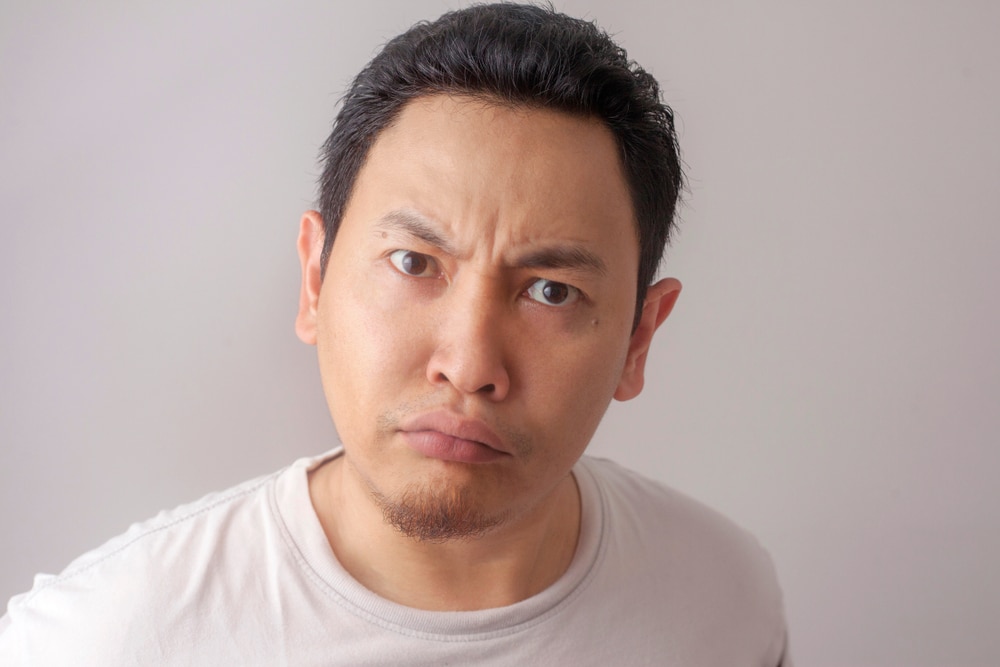
Chewing and grinding of the teeth have historically been associated with relief from pain, as mentioned by Darwin in his book on the expression of emotions.
Recent animal models suggest that chewing may reduce stress responses, while studies in humans also support the idea that chewing can reduce negative mood and stress-related physiological markers.
This has led to the hypothesis that bruxism might serve as a stress reduction mechanism.
The Madrid study found significantly higher levels of trait anxiety in individuals with awake bruxism compared to other studies.
This difference could be attributed to the use of different criteria for participant selection (the study was comprised of 4th year dental students).
People with elevated trait anxiety tend to perceive situations as more threatening or stressful, which may contribute to the occurrence of awake bruxism.
Similarly, higher levels of neuroticism (a tendency toward anxiety,depression,self doubt, and other negative feelings) were also found, which is characterized by emotional instability and excessive preoccupation over daily situations, potentially relating to awake bruxism.

Clearly further research is needed to understand the different degrees of bruxism and their relationship to psychosocial factors.
Previous studies have reported high levels of depression and somatization (recurrent medical symptoms with no discernable cause) in individuals with awake bruxism, but the data from the current study showed only a weak tendency for higher depression levels.
The inclusion criteria, study population, and age differences between studies may explain these inconsistent findings.
Interestingly, individuals with awake bruxism demonstrated higher levels of adaptive coping strategies, particularly positive reappraisal, which involves seeing problems in a positive light while accepting reality.
Positive reappraisal is generally considered an adaptive strategy for coping with stress. In contrast, individuals with temporomandibular disorders (TMD) tend to employ more negative coping strategies.
Awake bruxism may play a positive psychological role by partially releasing some of the psychological tension, and positive reappraisal might help prevent the negative effects of stress on health.
More work needs to be done to explore other adaptive strategies and their significance.
Comparing the awake bruxism group with a control group, the former exhibited significantly higher scores in anxiety (both state and trait), somatization, and neuroticism.
These findings align with the majority of previous studies. In terms of stress coping, individuals with awake bruxism displayed higher levels of positive reappraisal, which could help mitigate the detrimental effects of stress on health and the development or exacerbation of TMD.
Chewing gum has been found to alleviate negative mood and reduce cortisol levels during acute stress, suggesting a potential psychological benefit of awake bruxism.
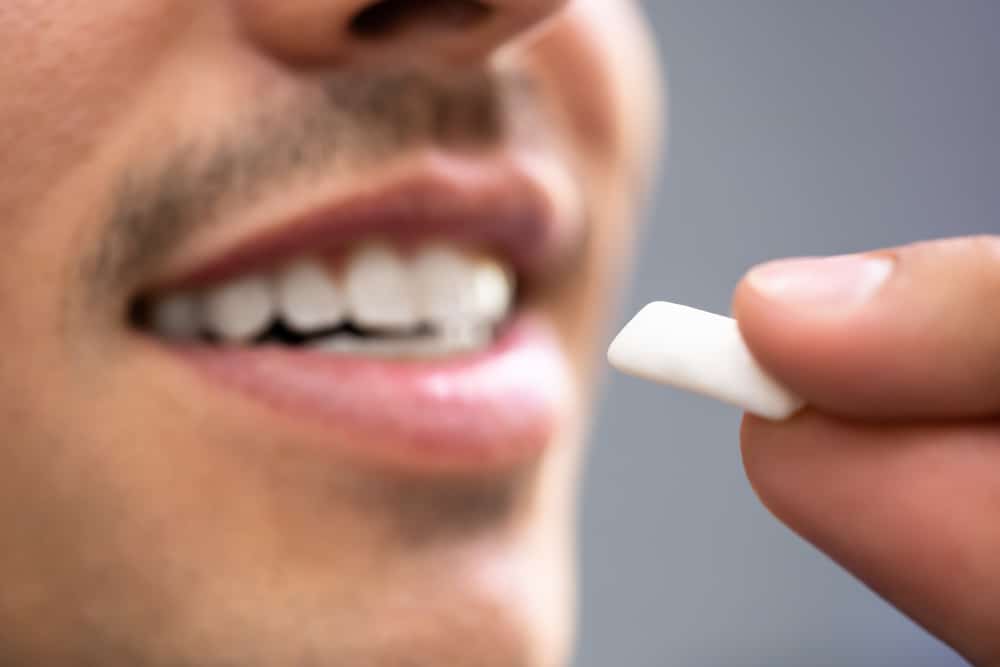
Despite the existing evidence linking psychological factors to bruxism, further research is necessary to fully understand its dimensional nature, distinguish between sleep and awake subtypes, and examine their relationship with various psychosocial factors, including coping strategies.
Future studies should aim for larger and more representative samples, including participants beyond university students, and consider employing electromyographic assessment for improved diagnosis certainty.
Clinical and psychological assessments should also be conducted simultaneously.
Additionally, it is worth noting that the gender proportions in the participant groups were not exactly matched, and future research may benefit from using paired samples with an equal number of males and females, as gender is an important variable in any psychological assessment.
Summary
Research indicates a strong association between daytime clenching, or awake bruxism, and psychological factors such as anxiety, sensitivity to stress, and personality traits. While anxiety appears to be consistently linked to awake bruxism, distinguishing between transient and general propensity anxiety is often overlooked.
Awake bruxism seems to be related to emotional expression and may serve as a stress reduction mechanism. The current study found elevated levels of trait anxiety and neuroticism in awake bruxism patients, along with a tendency for positive coping strategies. However, the relationship between depression and awake bruxism remains inconclusive.
Research is needed to better understand the dimensional nature of bruxism, differentiate between sleep and awake subtypes, explore coping strategies, and consider a more diverse sample for generalizability. Improved assessment methods and simultaneous clinical and psychological evaluations are also recommended to enhance diagnosis certainty and treatment effectiveness.
Lobbezoo F, Ahlberg J, Glaros A, Kato T, Koyano K, Lavigne G, et al. Winocur E. Bruxism defined and graded: an international consensus. J Oral Rehabil. (2013) 40:2–4. doi: 10.1111/joor.12011
Soto-Goni X, Alen F, Buiza-Gonzalez L, Marcolino-Cruz D, Sanchez-Sanchez T, Ardizone-Garcia I, Aneiros-Lopez F, Jimenez_Ortega L. Adaptive Stress Coping in Awake Bruxism. Front Neurol., 09 December 2020 Sec. Headache and Neurogenic Pain Volume 11 – 2020 | https://doi.org/10.3389/fneur.2020.564431


